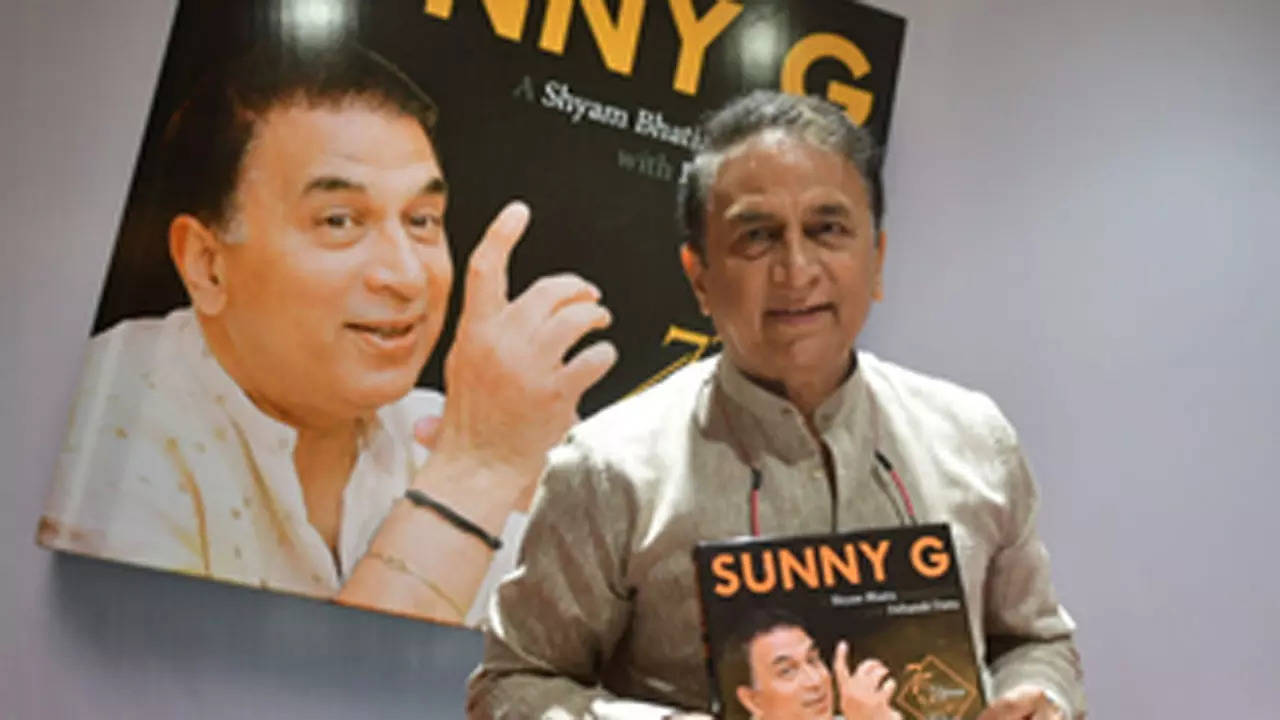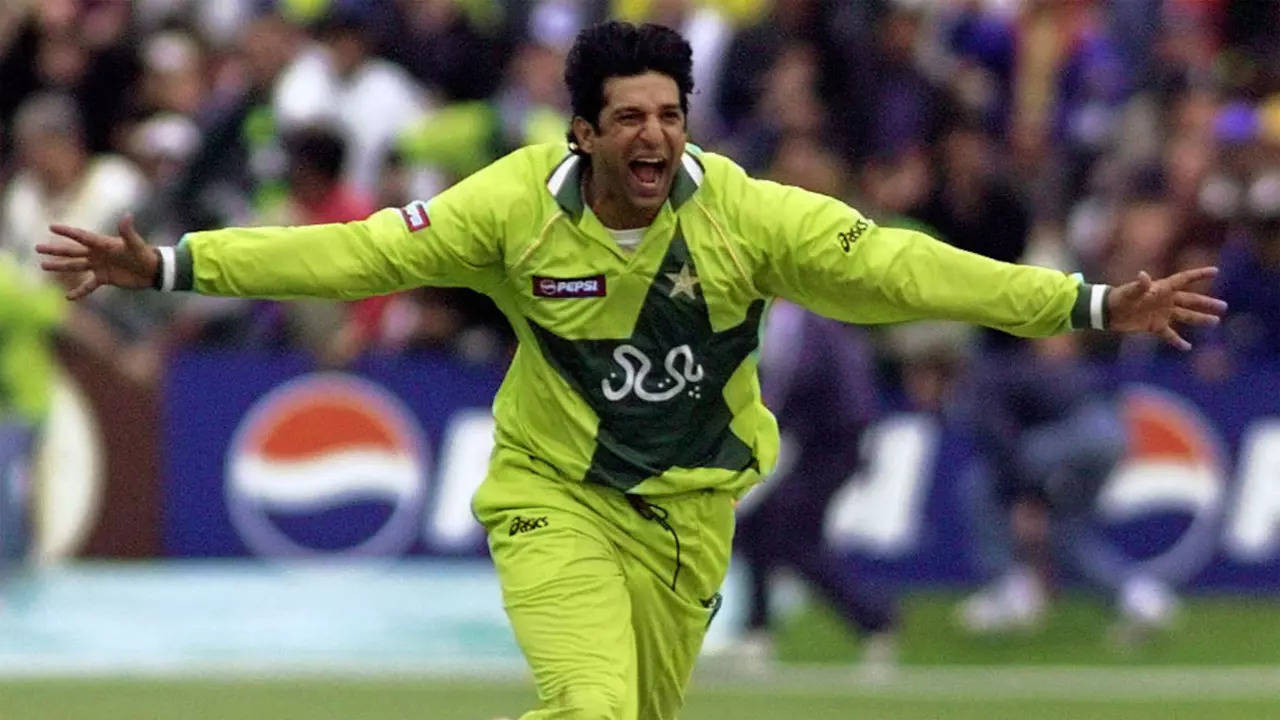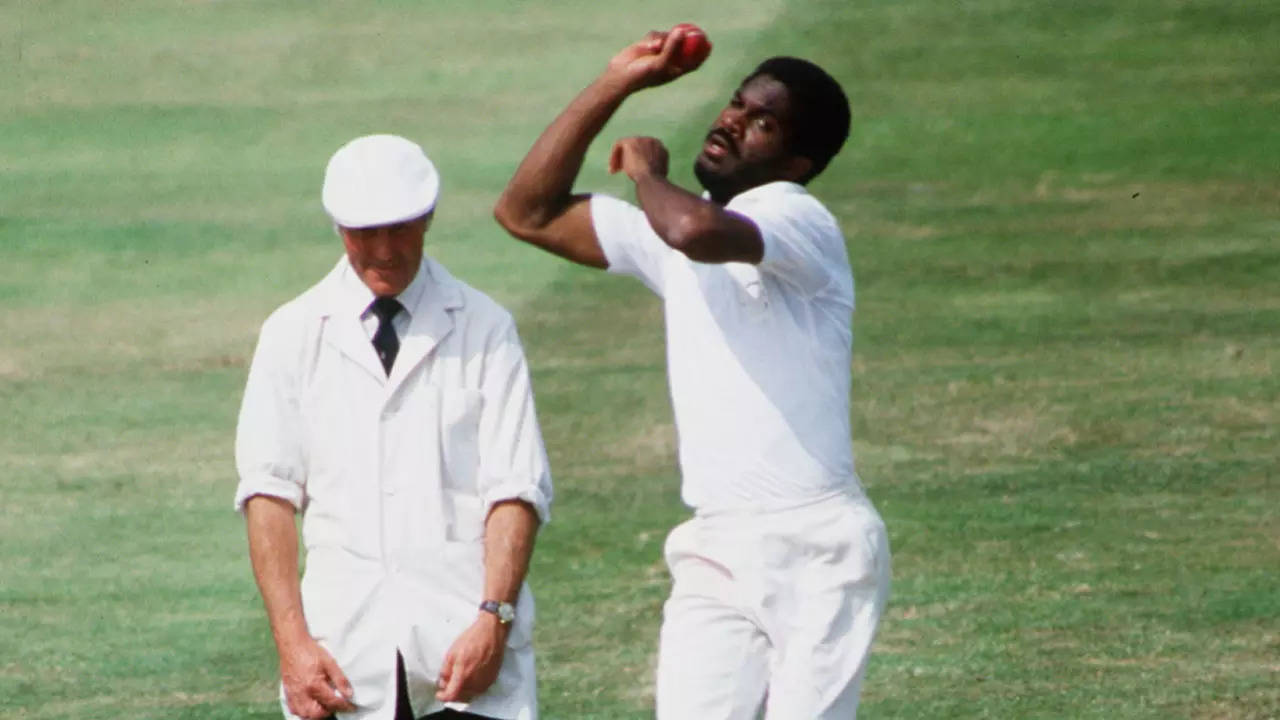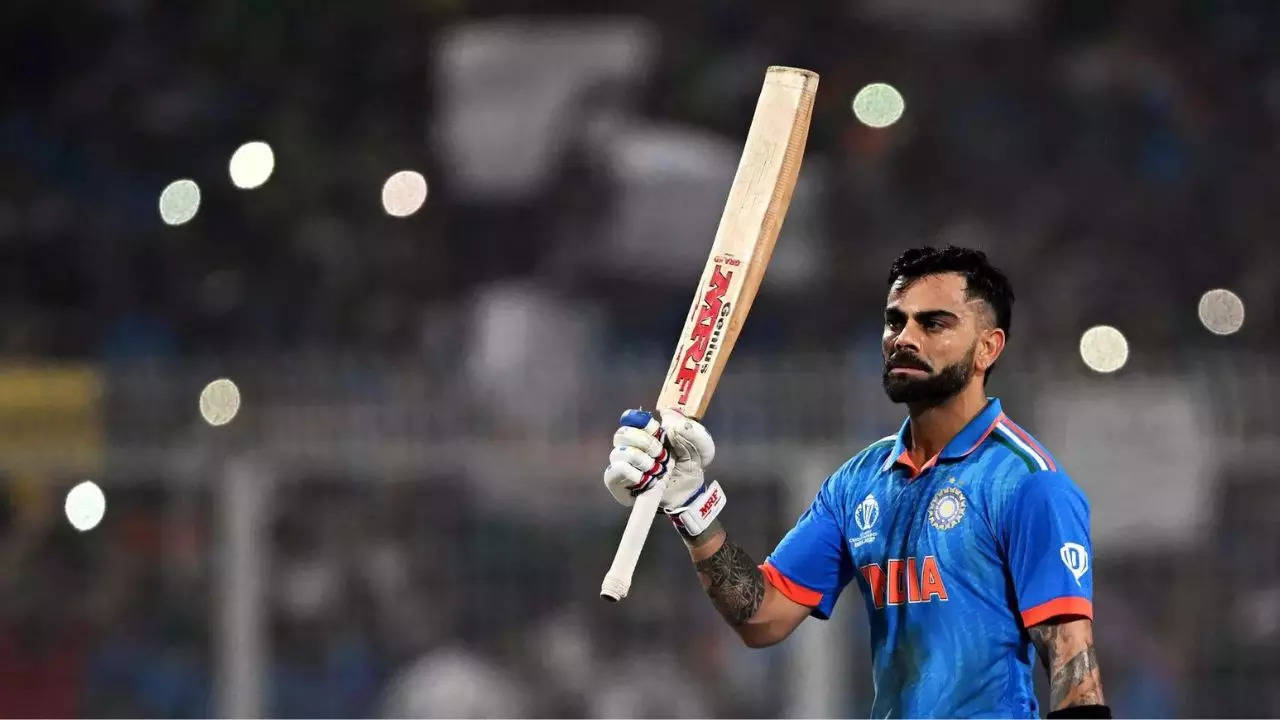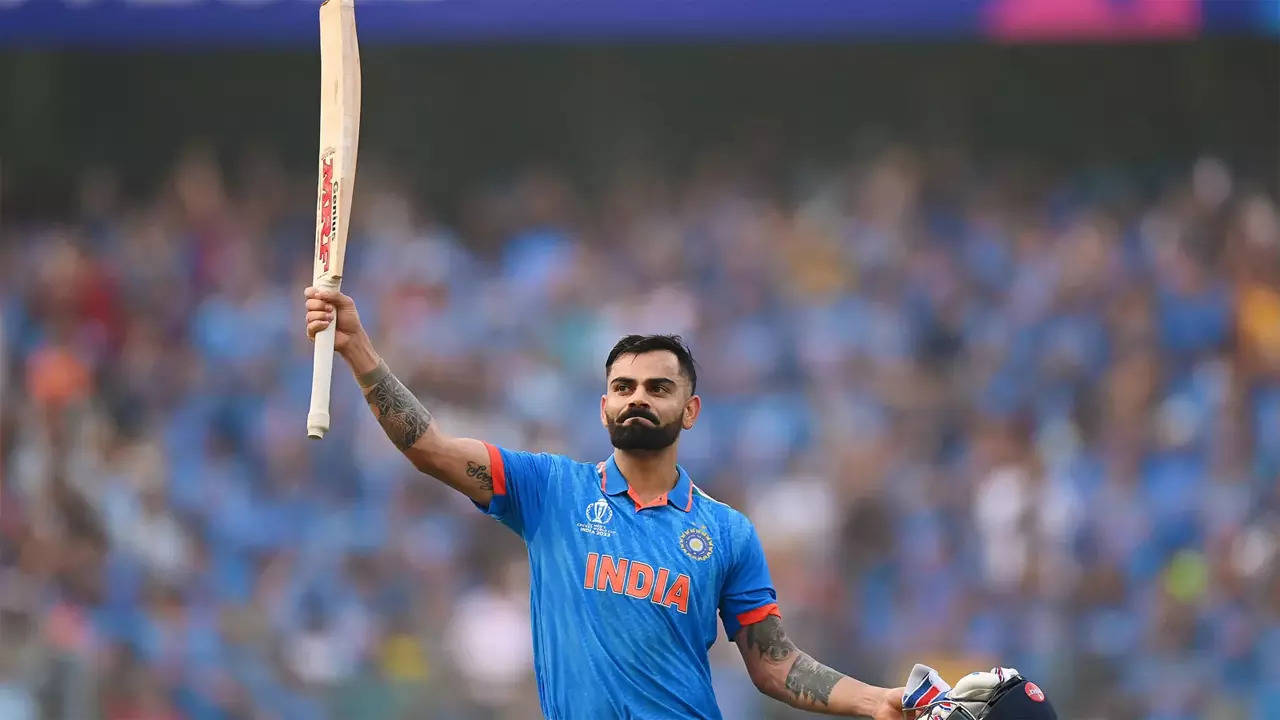Sunil Gavaskar: Introductions Still a Source of Amusement for Cricket Legend
Sunil Gavaskar, the legendary Indian cricketer, believes that even at the age of 75, he still requires an introduction at events celebrating his life and achievements. Despite retiring from the game 40 years ago, Gavaskar appreciates being introduced, as it allows him to hear positive things said about him.During the official release of a book titled 'Sunny G', which compiles anecdotal accounts about Gavaskar from his friends, family, and fellow cricketers, the Little Master shared a few amusing incidents related to introductions.He recounted a story about his uncle Madhav Mantri, who played Test cricket for India, and how a school principal introduced him based on the students' favorite cricketer. "This takes me back to an incident which concerned my uncle. Mantri, as those of you who follow the game know, played four Test matches for India and he was called for a school sports day presentation. And the principal of the school asked him how do I introduce you?""And he said 'look, none of these boys know me. I played many years ago, I retired many years ago. So you just ask all these people, all the boys, who is your favourite cricketer is and then say I'm his uncle.""The principal said, it's a very good idea. So, at the assembly where all the boys were there, he asked the boys, 'before I introduce the chief guest here today who's come to distribute the prizes, I want to ask all of you who is your favorite cricketer?""And in one voice they all said Kapil Dev. So, you can imagine what happened with the introduction," said Gavaskar while extracting pearls of laughter from the gathering.Gavaskar also shared his own experiences from his early days in the Indian team. In his debut series against the West Indies, he was fortunate enough to be dropped by Garfield Sobers twice, which allowed him to score crucial runs and contribute to India's first-ever Test victory against the West Indies.However, during the celebrations, the master of ceremonies introduced Gavaskar as "the person who Gary Sobers dropped three, four times" instead of using his name. Similarly, after India's first series victory against England, Gavaskar was introduced as "the man who John Snow shoved to the ground" due to an on-field incident involving the England fast bowler.Throughout his early career, Gavaskar was often introduced as Madhav Mantri's nephew, and later, after a lean period, as Gundappa Vishwanath's brother-in-law.Gavaskar advised readers to take some of the incidents mentioned in the book with a pinch of salt, as people tend to exaggerate things a little. Nonetheless, the book offers a fresh perspective on the life of one of cricket's greatest legends through the eyes of those who have known him for decades.
Read more

